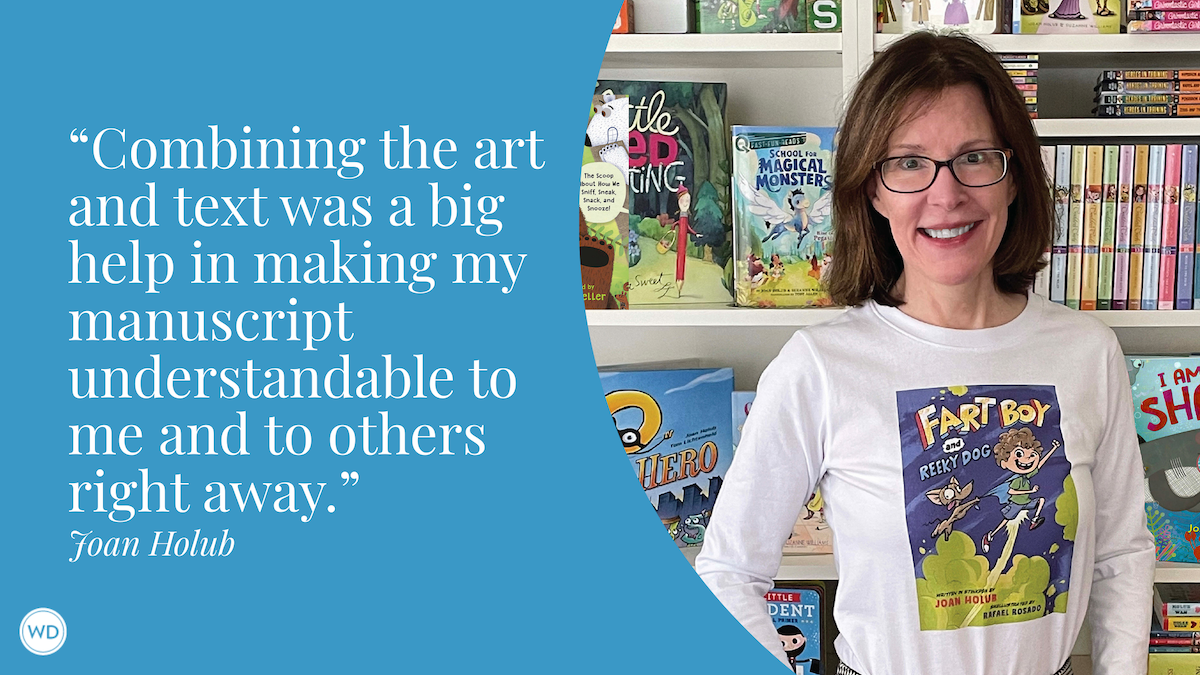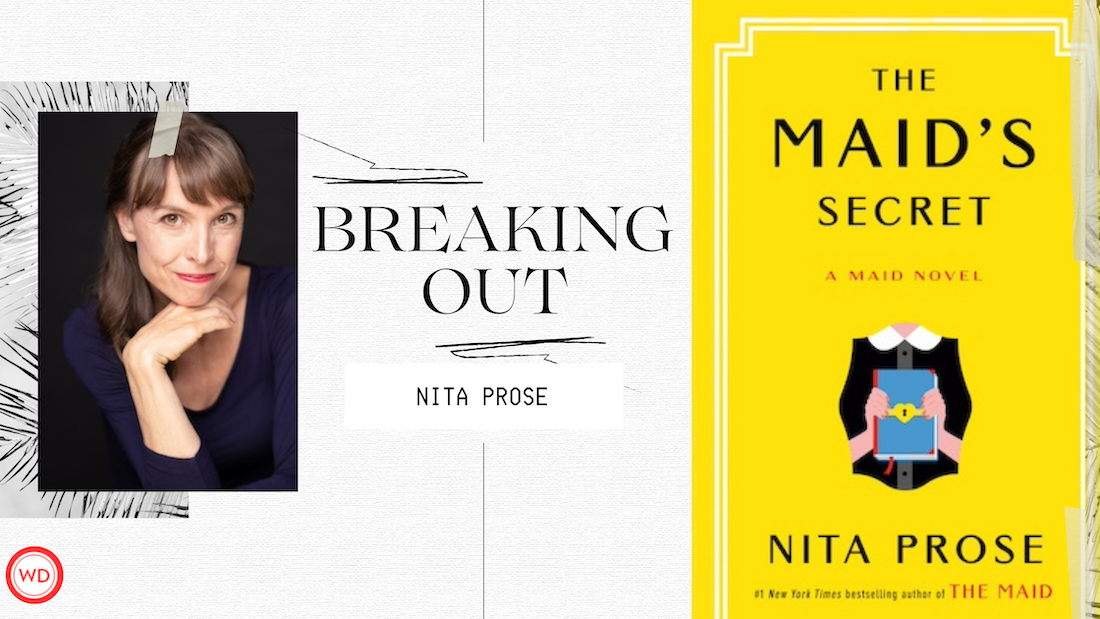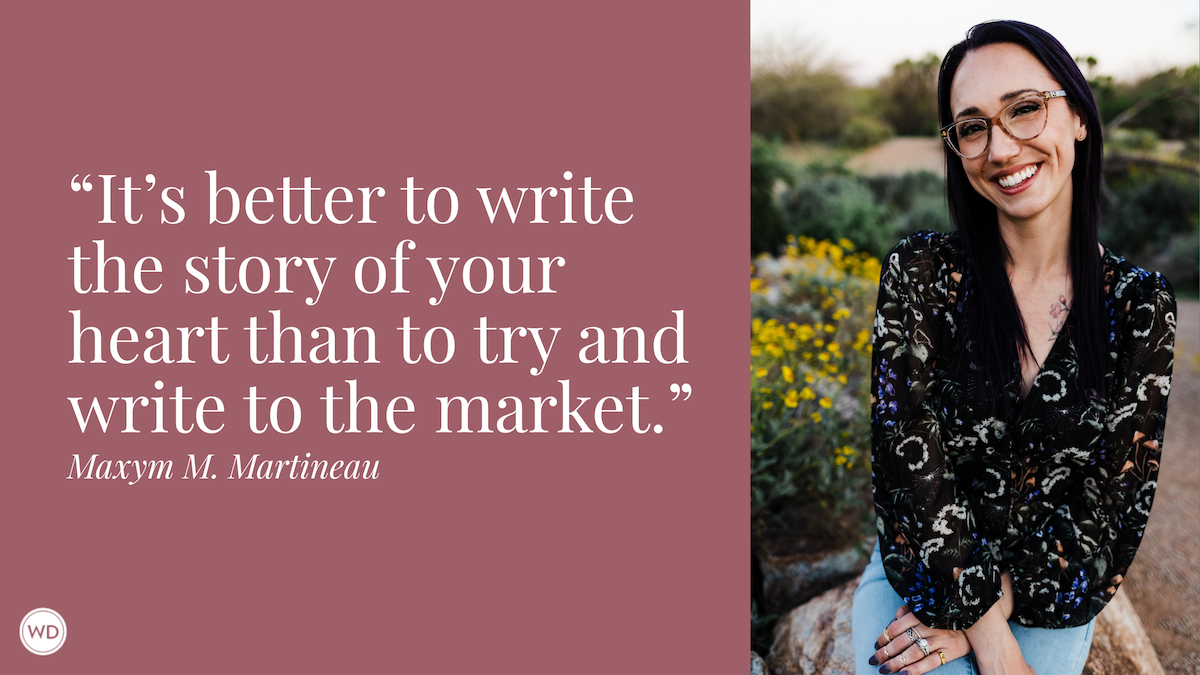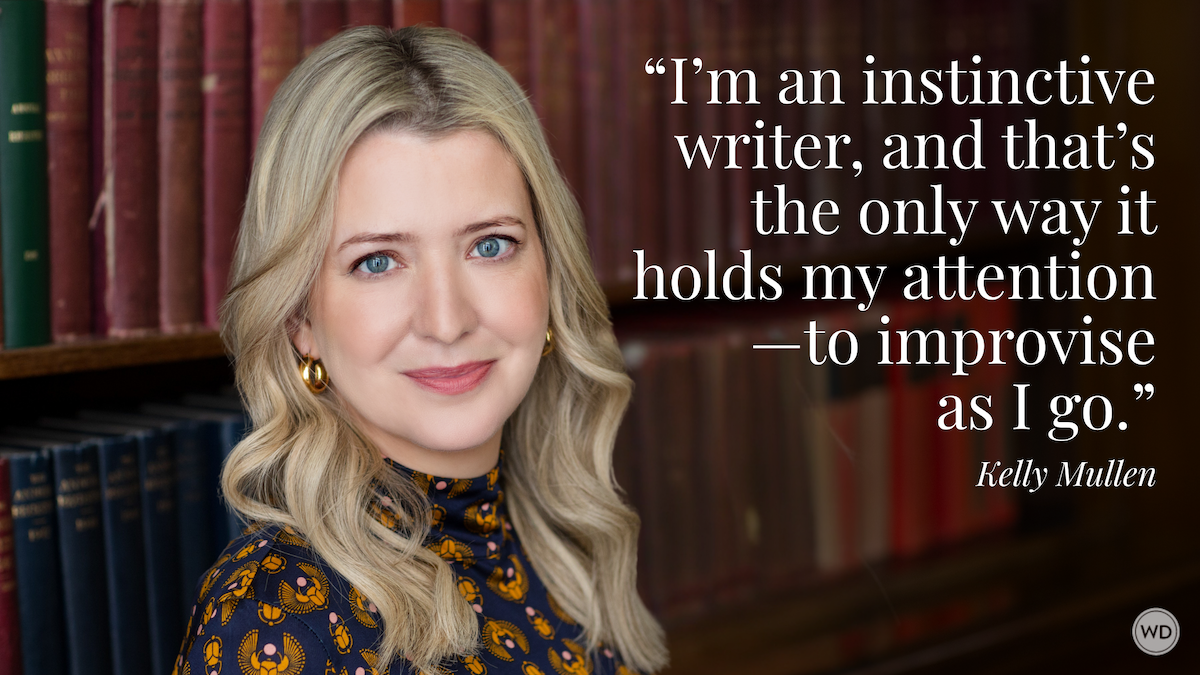“Write What You Know” vs. Making It All Up in Fiction
“Writing what you know” comes with inherent risks of exposing more than you’d like of your past—but combining personal truths with fictional situations can also lead to healing. Here, author Margot Harrison discusses writing what you know vs. making it all up in fiction.
When I was about 13, and already a prolific producer of (bad) fiction, an older writer gave me some advice. People my age, he said, lacked the necessary life experience for writing. He told me the story of a young woman he knew who didn’t come into her own as a writer until she had traveled the world and worked as a Playboy bunny. That, he said, was the kind of gritty, real-world experience you needed to write compelling fiction.
I nodded politely, but inside I was thinking, No way. Traveling the world was all very well. But I had read Gloria Steinem’s account of going undercover as a waitress at a Playboy Club, and I knew that job wasn’t for me. I was already drawing unwelcome attention from grown men just by walking down the street. How much more mortifying would it be to wear a skin-tight leotard? If a woman could have meaningful experiences to write about only by opening herself up to harassment, I decided, I would just … not write about myself, ever. I would make things up.
A few years later, when I took creative writing in high school, the teacher asked me why I never wrote anything with a contemporary setting. Although he was a thoughtful, sympathetic instructor who always praised my stories, he wondered why every one of them took place in a futuristic dystopia or a past historical era. Wouldn’t my writing be stronger if I wrote about something I actually knew?
I had no answer to that. The very idea of writing about my real life—sitting in study hall, obsessing about college applications—made me cringe.
In those days, my real life and my fantasy life were worlds apart. I would never in a million years have done what the two main characters of my novel We Made It All Up do: Write romantic fan fiction about two boys in their English class. I felt safe crushing on Heathcliff or Mr. Darcy. But the cute boy sitting across the cafeteria? Too dangerous. Too real.
I didn’t understand then what I do now: that every one of my made-up stories with their faraway settings was still about me. The tale of a dystopia where test scores determine a person’s whole future? That was about my dread of bombing the SAT. The Beauty and the Beast retelling set in the 1920s? That was about me feeling lonely and hideous. The creepy stories about older women manipulating younger men? Those were gender-flipped attempts to process my own experiences with weird or inappropriate attention from my elders. I didn’t want to think about those experiences, let alone write about them, but all of those aspects of my life seeped into my fiction anyway.
Something similar happens to my protagonist, Celeste, in We Made It All Up. When she starts writing fiction about two boys at school, imagining them engaged in a passionate romance, she thinks of her stories as pure escapism. Real life doesn’t interfere with her fantasies because, as an outsider new to the school and the town, she doesn’t actually know the boys. To her they’re merely archetypes: the golden boy hockey star, the outcast stoner.
And so, without realizing it at first, Celeste projects aspects of herself onto these strangers. She imagines herself into the varsity hockey jacket of Joss, the golden boy. She gives Joss a dark secret, a memory of abuse that he can’t talk about, similar to the memory that she came to this small town to escape. By writing fiction that isn’t about herself, she finally becomes able to speak about her own experiences and to share them with Vivvy, her new friend, who encouraged her to write the stories in the first place.
By then, however, their stories have already set a chain of tragic events in motion. Vivvy has her own unspoken motives for writing romantic fiction about Joss, which Celeste won’t discover until Joss is dead under suspicious circumstances, and she and Vivvy are the prime suspects.
So, yes, making up stories about real people always has built-in risks! That’s true when it comes to writing about larger groups of people in society, too. When an outsider writes fiction about members of a group to which they don’t belong—people who share a certain racial or gender identity, for instance—it’s on them to research their subjects thoroughly and respectfully to make sure they aren’t retreading stereotypes. In the process, they may realize they aren’t the best writer to tell that particular story, because it needs a richer texture of lived experience behind it.
IndieBound | Bookshop | Amazon
[WD uses affiliate links.]
It took me decades to understand that I never stopped writing about my own experiences in my fiction—I just disguised them. It took me even longer to grasp that those experiences were worthy of being written about.
Once I figured this out, writing and self-knowledge went hand in hand. For instance, I had to open up Celeste’s intense shyness to my critique partners and future readers, to show them that this fearful, closed-off girl still had a rich inner life and even a dramatic streak. I felt a fierce protectiveness for this character based on a younger me, but I had to be honest about her faults, too. I hope readers will find parts of themselves in her.
The title of We Made It All Up comes from the original version of Éponine’s big ballad in Les Misérables. In French, the song is called not “On My Own” but “Mon Histoire,” or “my story.” Éponine spins an elaborate fantasy of being loved by her friend Marius, walking side-by-side with him by the Seine. But none of it is true—“j’ai tout inventé.” She made it all up.
There’s despair in the song, but also an affirmation of the healing power of imagination. During Éponine’s death scene, Marius holds her in his arms and allows her fantasy to overlap briefly with reality.
Lived experience has immense value as raw material for fiction. But it takes the deft hands of imagination to spin that experience into a powerful story—one that may appear to outsiders to have nothing at all to do with the author’s biography.
Now that I’m older, I understand that not everybody is cut out to backpack the globe or moonlight at the Playboy Club. But everyone does have the raw material of a great story—or many great stories—whether or not they choose to veil that material in their own fantastical creations. Good writing is never just about what we’ve lived through. It’s about what we make of it.
Margot Harrison is the author of the YA thrillers We Made It All Up, The Glare, and The Killer in Me, which was a finalist for the Vermont Book Award. She writes for the newspaper Seven Days and posts vintage YA book reviews and skits about her weird childhood on TikTok @MargotFHarrison. Also find her on Instagram and Twitter at @MargotFHarrison.








